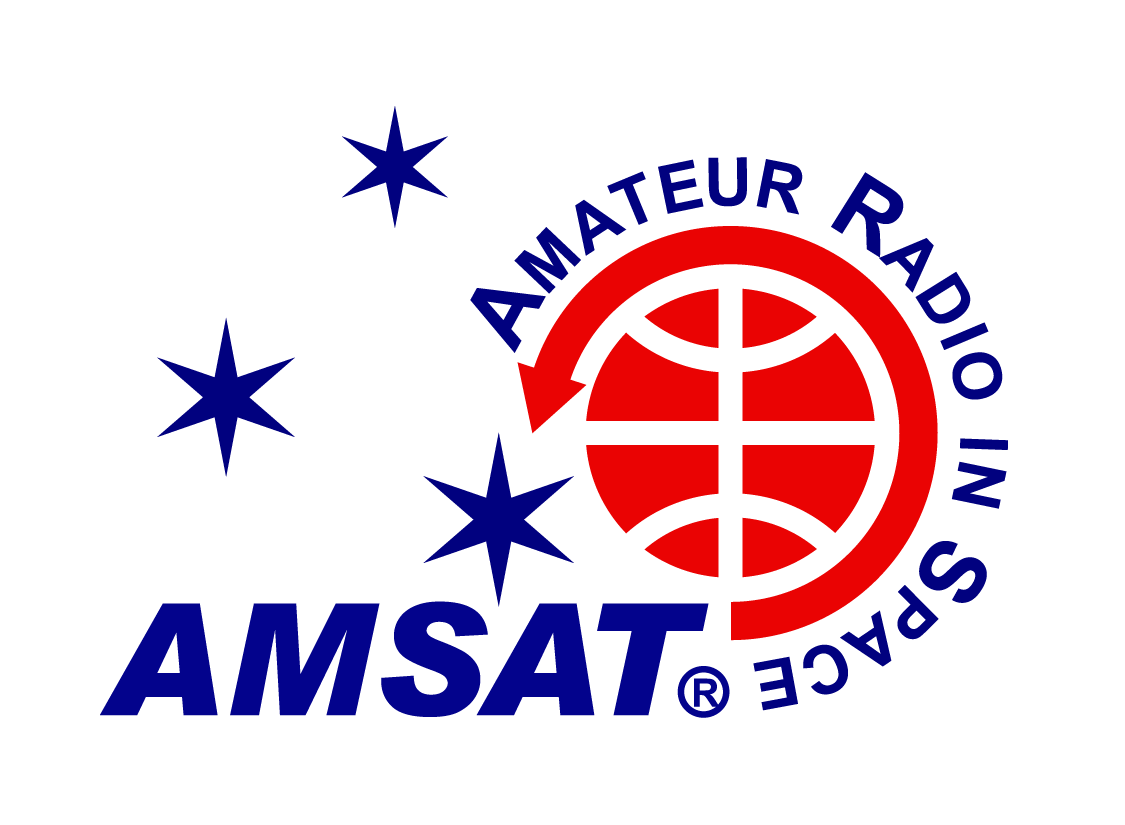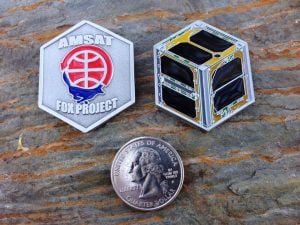Hardware consisting of Ettus Research USRP X300 SDR, USRP B210 SDR, UBX40 USRP Daughterboard, GPDSO Kits, and antennas have been ordered from National Instruments Corp. for delivery to Bill Reed NX5R in Dallas TX to equip a second community for development of the AMSAT Ground Terminals. These terminals will be used for the Phase 4B and other digital/microwave satellites being developed by AMSAT and in partnership with Virginia Tech.
Michelle Thompson, W5NYV, has been leading the effort in the San Diego CA area, which started up when the P4B project was announced earlier this year. Amateur radio operators in the Southern California area from AMSAT, Palomar Amateur Radio Club, and the San Diego Microwave Society have been implementing a terrestrial system to mimic the ground and space segments of a digital satellite communications link and developing code and hardware techniques for use in the P4B and future HEO opportunities that AMSAT is pursuing. Expanding the system to the Dallas area will allow more collaboration, development, and testing by AMSAT and North Texas Microwave Society amateurs with San Diego and other regions. The investment in equipment and community building will increase the number and quality of ideas in developing this next generation system of amateur radio satellite communications.
Another development system is being planned for the east coast. AMSAT is actively recruiting individuals and groups that want to work together to establish increased regional technical activity in support of satellite service goals. Rick Hambly, W2GPS, has campaigned for the creation of this very type of activity on the east coast for many years. Successful east-coast expansion will add even more variability and expertise to the project.
By involving amateurs who have expertise in both microwave and digital communications and in varying terrain and conditions, as well as including people with various backgrounds and experience, AMSAT plans to produce a ground terminal that will be useful with a variety of next generation satellites including Phase 4B, Phase 3E, the Heimdallr Lunar Cube Quest CubeSat, and an AMSAT developed HEO CubeSat. These are all projects currently being pursued by the AMSAT Engineering and ASCENT (Advanced Satellite Communications and Exploration of New Technology) Teams.
“The development of a ground terminal along with satellite projects is part of a plan to offer a way for amateurs to buy, build, or access ideas to develop their own ground terminals which will be useful for many future AMSAT satellite mission for years to come” said AMSAT-NA Vice President of Engineering Jerry Buxton, N0JY. “The concept of common uplink (5 GHz) and downlink (10 GHz) frequencies with software defined transponders allows many different experimentation and communications opportunities ranging from simple texting to voice, streaming video, data exchange, and reliable EMCOMM access in remote areas, with bandwidths to support many satellites and users.”
If you are interested in supporting the effort please click the link to complete the on-line Contact AMSAT Engineering form to submit a request. While those who live in the San Diego, Dallas, or Maryland areas may find it easier to participate, volunteers from other areas are welcome to join and contribute remotely.


